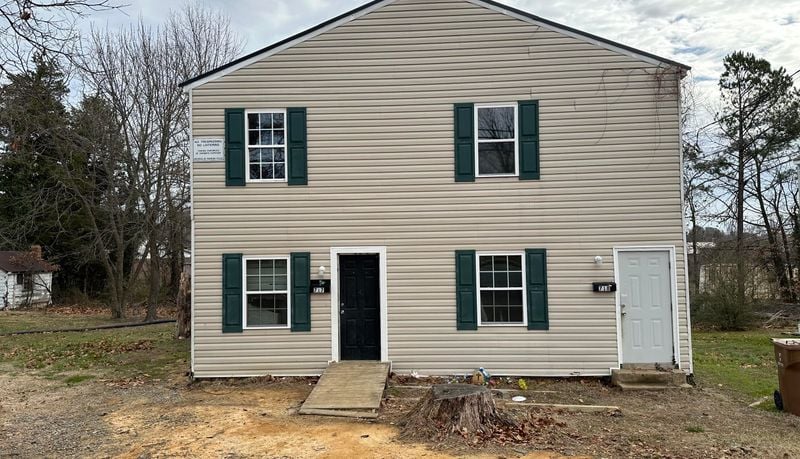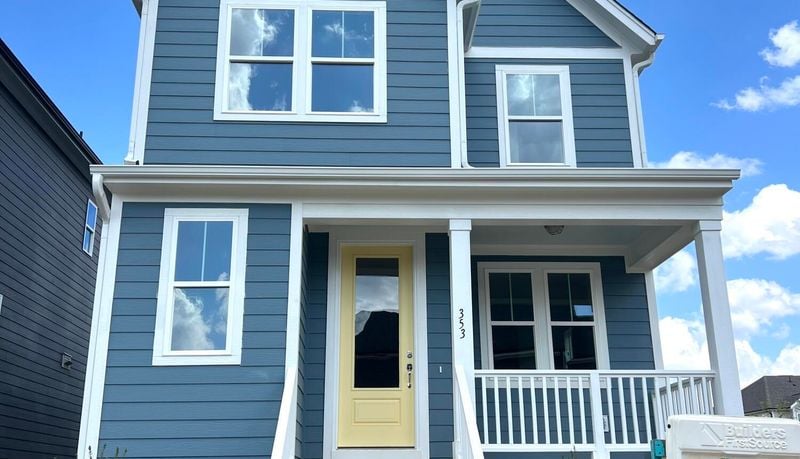9 Steps to Selling a Home
Several steps are involved in selling your home before you post the For Sale sign in your front yard. You want a potential buyer to love the home as much as you did – and get the price you’re asking for it, too. The journey requires time, research, and endless patience, but the closing is worth it for you to begin your next chapter in life!
Learn the basic steps for selling a home and a timeline of when each should be done during the home selling process.

Do Your Research to Find Out What You Want
To sell your home, first ask what you want, why you’re moving, and what you expect from the selling. Research today’s housing market, which probably changed since you bought your home. Hopefully, your neighborhood home prices have gained in value, but by how much? This research will also show you how long it’s taking homes to sell near you. Now you should have a starting price point in mind.
Interview & Hire a Real Estate Agent
Finding the right real estate agent for you is essential – one you trust in ethics and knowledge of your housing market. That may mean it’s not the first one you meet. You’ll know when you meet the right one. You need to be able to rely on their judgment when setting a selling price. You’re also hoping they have savvy marketing expertise to position your home the right way. Since home selling can range anywhere from a few weeks to a few months, you want to feel comfortable working together from listing to closing.
Get the Home Appraised
Before listing the official price of your home, it may be wise to have it professionally appraised. The appraiser will inspect the house, inside and out, and compare it to comparable homes in the area to determine a fair market value. A home appraisal is especially smart if your home has unique features or if homes sell near you infrequently.
Price Your Home
Once the home is appraised, work with your real estate agent to adjust the listing price to the best possible price based on the current state of the market. That last part is key–market conditions change based on economic factors and the number of people searching for homes. While you may think your home is worth more, avoid overpricing or underpricing to gain maximum traction. Be thorough and diligent when choosing the final price.
Prepare Your Home
Before your listing goes live, take care of any home repairs or finish small renovation projects around the house. The idea is to make a great first impression with potential buyers. Repairing any issues the appraiser thought worthy to boost the sale price, like conditions that could affect the safety, structure, or function of the home. Also, fix anything broken or in poor condition. even small repairs, like a crack in the tile or an unhinged cabinet, can make a difference.
It also means decluttering items on all furniture surfaces and countertops. You want the rooms to look and feel large and spacious. Start putting away personalized items, like family photos, kids’ and pet toys, and more. While they might be sentimental to you, the potential buyer wants to envision their family making this their home. Your real estate agent may suggest hiring a professional cleaner and a professional stager to make your home stand out online.
Market Your Home
After you’ve made your home picture-perfect, it’s time to showcase it with beautiful photos, videos, and virtual tours – maybe even drone footage. The idea is to give buyers to get a good look at the overall property. In addition to putting your listing on the MLS, strong marketing by your agent will include persuasive property descriptions, mailers, social media posts, texts, and more.
During this period, it’s up to you to keep your home show-ready at all times. You never know when an appointment request could come through.
When it’s time to show your home, your agent or the buyer’s agent may conduct virtual showings via Zoom or FaceTime to walk buyers through your home. Disinfect your home before and after live showings to keep buyers and sellers safe.
Receive Purchase Offers
It will only be a matter of time until your agent calls to present a purchase agreement. With the guidance of your real estate agent, review the offer(s) and choose to accept, reject, or negotiate an offer. This is where it helps to have a skilled agent to craft a strategic counteroffer that positions your home at the most attractive price point. Negotiations are almost always a part of this step of the process, which not only factors in the price but also extra contingencies or agreements.
Negotiate Home Inspection Repairs
Like it or not, most sellers want to schedule a home inspection before the final closing. The professional inspection gives the buyer a full report on the home, from top to bottom and inside and out. If your contract is “as-is,” it’s just a formality for the buyer. If not, once that report is in the buyer’s hands, they can re-negotiate terms based on the inspection findings. Agents will help guide both buyer and seller through these negotiations on repairs based on the inspector’s findings.
Close the Sale
Congrats! You’ve made it to the last step in the home-selling process: the settlement or closing. After the buyer’s final walk-through, you will sign the final paperwork, which will be filed to make the sale official, collect your check, and hand over the keys. You’re closing the door to this home but will open the door at a new address!
Updated May 2024
Start Your Home Search
Preston Guyton
Share this Post
Related Articles
Selling Your Home
Selling my House – Am I Required To Use A Real Estate Attorney?
Selling Your Home
5 Factors of Today’s Seller’s Market
Selling Your Home
3 Tips for Selling a Vacation Home
Selling Your Home





